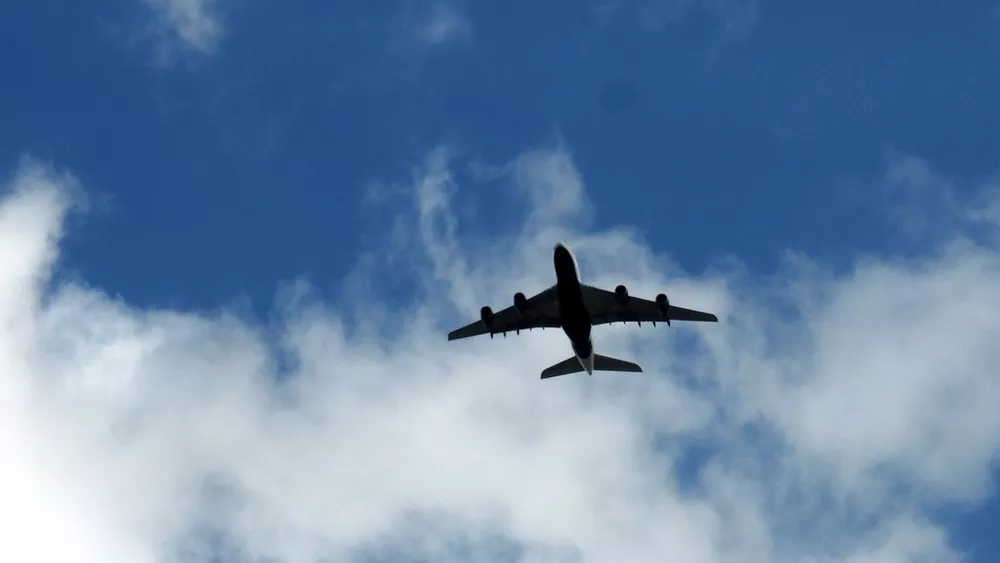Brazil has seen a remarkable increase in money spent on international travel, reaching its peak since 2019.
In the first nine months of 2023 alone, travelers from Brazil allocated $10.98 billion to journeys abroad.
This figure marks a 22.14% rise over the prior year, signaling a robust return to globetrotting that had dipped due to the pandemic.
However, this resurgence has not yet hit the all-time high of $25.6 billion recorded in 2014. By 2023, the expenditure had climbed to $14.5 billion, a 19.3% uplift from 2022.
This growth stems largely from eased restrictions and the world’s gradual emergence from COVID-19’s shadow, inspiring a wave of outbound tourism from Brazil.

The Banco Central do Brasil has kept a close watch, noting these spending patterns as a boon for the global travel sector.
It reflects a burgeoning trust among Brazilian tourists and a bounce back in worldwide tourism after years of downturn.
Background
The latest report, ‘Brazil Source Tourism Insight Report 2022 Update,’ reveals that the increasingly valuable Brazilian source market largely defies global travel trends.
With an average expenditure of US$$2,177 per outbound tourist, Brazil was the seventh highest spending outbound market globally in 2021.
This is forecasted to increase to US$2,325 by 2025, to become the sixth highest behind Australia, the US, Iceland, Singapore, and Mauritius.
The survey revealed that 60% of Brazilian respondents reported recommendations by friends and family being an influencing factor in destination choice; this was the most influential factor and far exceeded the global average of 47%.
Brazil’s outbound destination mix was dominated by Europe.
The continent accounted for 68.2% of international departures from Brazil in 2021, followed by North America (28.3%) and South and Central America (3.3%).

